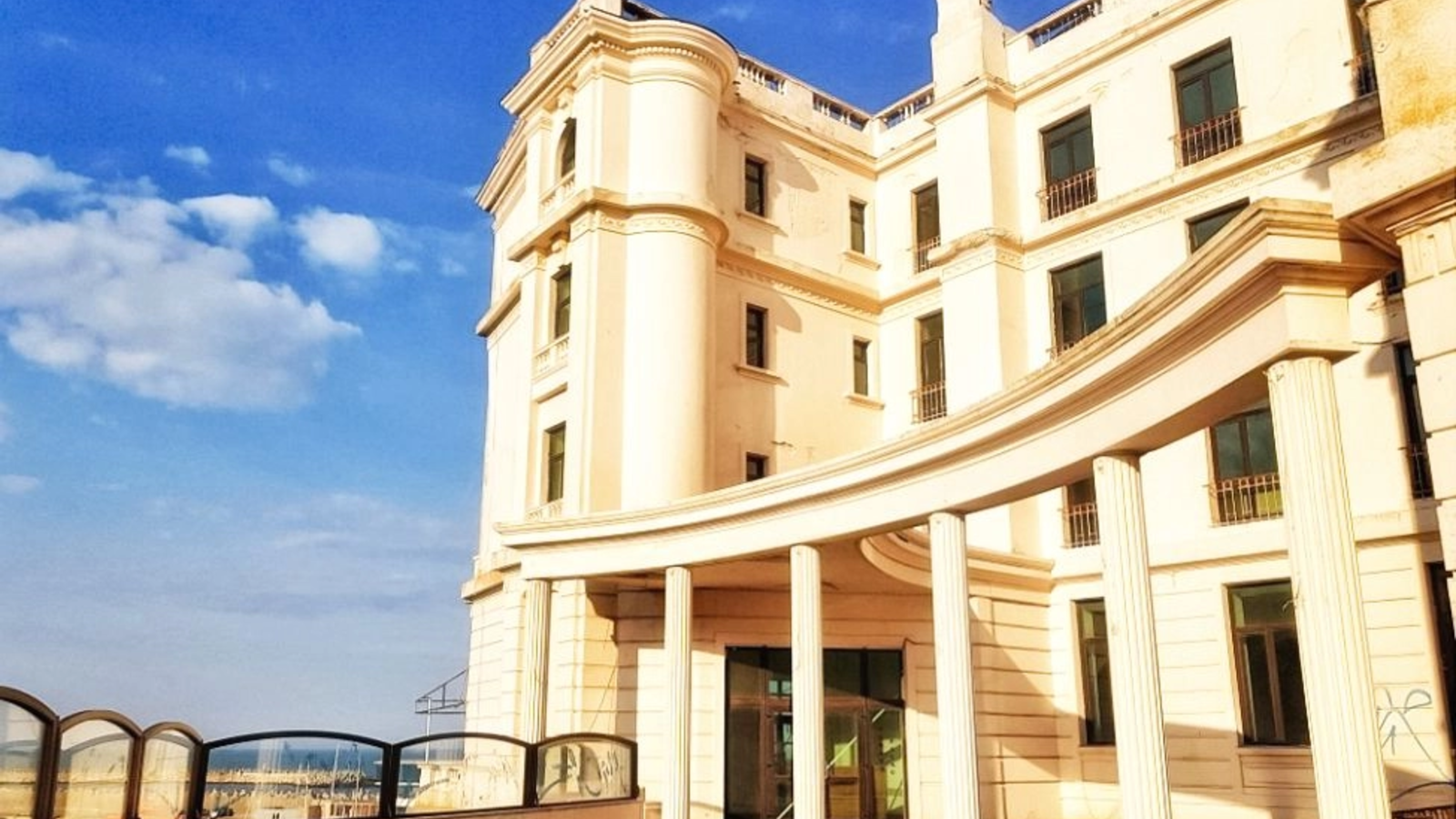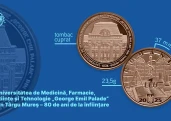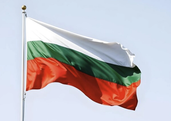The Romanian hotel market is undergoing a period of accelerated growth, reaching a record of more than 25 million overnight stays in 2024, the highest level in the last 30 years, driven by an increasing number of foreign tourists and a high demand for modern hotels, according to the annual report published by Colliers.
According to the cited source, Romania's international visibility is on the rise, and its accession to the Schengen Area in 2025 could boost the flow of tourists even further, supporting the development of the industry. In parallel, the significant investments in new hotels and the growing interest of international brands strengthen Romania's position as a market with high potential, ready for long-term sustainable growth, the cited source said, Agerpres.
"Romania is among the European countries with good results in the tourism sector in recent years, with the number of overnight stays by 4% above the pre-pandemic level, exceeding the EU average, which grew by less than 2% in the same period," the analysis shows.
According to the study, this development is largely due to Romanian tourists and the leisure sector, whereas the number of foreign tourists, even if up strongly in 2024, remains below historical pre-pandemic peaks.
"Romania is gradually catching up with more developed tourism markets, with a record number of more than 25 million overnight stays in hotels in 2024, up 6% compared to the previous year. The increase was strongest among foreign tourists (+13%), while domestic tourism grew by 5%. Although Romania is gaining more and more international visibility and its accession to Schengen could attract more visitors, business tourism has not yet fully recovered. The number of nights spent by foreigners traveling mainly for business purposes remains almost 3% below the peak levels reached in 2018-2019. Air traffic has increased by 5%, and outflows of foreign currency for travelers have reached a record high, a sign that more and more Romanians are spending their vacations abroad," said Raluca Buciuc, Director, Partner of Valuation360 and Advisory Services at Colliers, quoted in the press release.
Over the last decade, Romania has seen a significant increase in tourism spending. According to Eurostat, in 2023, a business traveler in Romania spent on average 333 EUR per trip, one of the lowest levels in the European Union. This is considerably lower than in Hungary (562 EUR) and Poland (488 EUR).
However, Romania stands out with the third fastest growth in the EU on this indicator. Between 2013 and 2023, spending per business trip increased by 134%, far exceeding the European average of 31%.
According to the annual report published by Colliers, which analyzed 4 and 5-star hotels in Bucharest affiliated to renowned brands, the average daily rate (ADR) has surpassed 2019 levels, reaching more than 140 EUR per night, up 21% in foreign currency and 27% in RON. Compared to last year, the ADR increased by 8%, positioning Bucharest above capitals such as Warsaw, Budapest and Vienna in terms of dynamics, according to Smith Travel Research (STR) data.
"The rapid expansion of tourism, supported mainly by leisure travel and a gradual recovery of business tourism, together with the limited number of hotels, makes Romania an increasingly attractive destination for investment. In 2024, more than 400 rooms in international hotels were added to the market, including the first 5-star Swissotel hotel in Poiana Brasov (64 rooms, with plans to expand). For 2025-2026, around 15 new hotels are announced, adding more than 2,000 rooms. Most of them will belong to established brands such as Marriott, Hilton and Accor, but new hotel chains such as Ascott Hotels (The Crest Collection) and Corinthia will enter the Bucharest market with new projects," Raluca Buciuc added.
She emphasized that this development confirms the great growth potential of the Romanian hotel market, which continues to attract new investors and international operators.
Although less developed than other markets in the region, Romania has all the chances to consolidate its position as an emerging destination in Central and Eastern Europe, with promising prospects for sustained growth, if the economy remains stable. At European level, leisure tourism has been the main driver of growth, with significant differences between North and South. According to data from Smith Travel Research (STR), Italy, Spain and Greece recorded the highest increases in average daily rate (ADR) and occupancy, while Germany and the Nordic countries experienced more moderate growth. Central and Eastern Europe lies between these two extremes, maintaining a moderate growth rate. By category, add the Colliers consultants, luxury and premium hotels continue to expand, while the mass market sector remains stable," the analysis further shows.
































Comentează